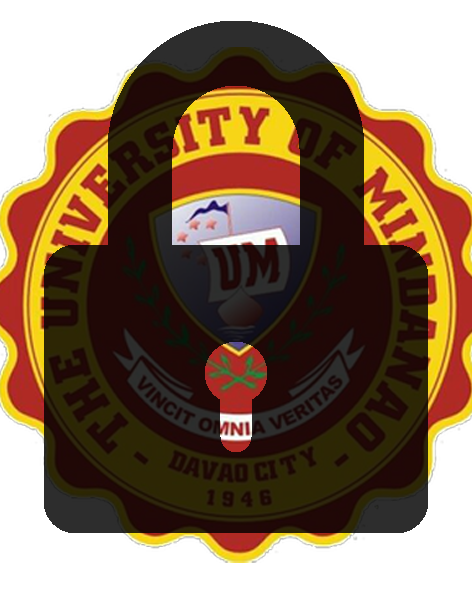An integrated investigation of proficiency and obstacles in mother tongue to English translation: a mixed method study

View/
Date
2024-07Author
Batoy, Shanen
Blanca, Jenny Lou
Rebarbas, Shan Kyza
Bacatan, Jovenil
Keywords
Citation Tool
Metadata
Show full item recordAbstract
This study explores the proficiency and obstacles encountered by the Grade 10 students in Mother Tongue to English translation. Utilizing a sequential explanatory design, 30 respondents were randomly selected via simple random sampling and given a translation proficiency test. By using total population sampling, their outputs were analyzed through content analysis. The quantitative results revealed the mean score of 48.9% with a "D" distinction and a "Third" remark, reflecting qualities of being novice to beginners in translation and difficulties in achieving equivalency. Qualitative data highlighted the prevalence of errors, specifically in third-person pronouns' usage, vocabulary, punctuations, pragmatics, lexical-semantics, spellings, capitalization, prepositional usage, spacing, pluralization, and subject-verb agreement. The overall translation score (48.9%) supported with detail analysis of specific error patterns in mechanics, grammar and syntax, semantics, and pragmatics highlights significant gaps in students' English language skills. These gaps indicate that the current K-12 curriculum may not be adequately addressing the complexities of language learning and translation skills necessary for higher education and professional settings. Consequently, language educators should improve and strengthen the language teaching practices and seek strategies to adapt to the evolving curriculum and address the weaknesses observed in English language instruction especially in translation.
Collections
- Undergrad Theses [192]
